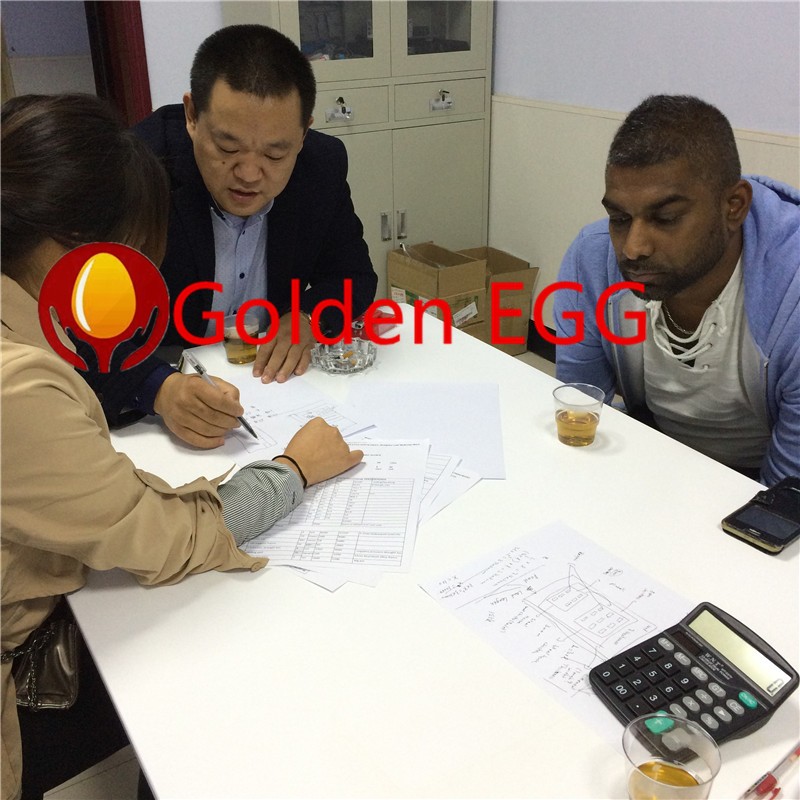According to these characteristics of broilers, our factory specially developed and produced special broiler cages, which greatly improved the broiler feeding efficiency. The effect was very significant.
First of all, we must first understand the characteristics of broilers. Broilers are tame and have slower movements. They are suitable for large-scale flat raising. Broilers have high production performance. They are characterized by rapid growth, high feed rewards, and fast turnover chickens in just 56 days. The average weight can be from 40. The grams grow to more than 3,000 grams in length and grow more than 70 times in eight weeks. At this time, the ratio of meat to meat is only about 2.1:1. The changes in broiler pairs are relatively weak, and they are relatively stable and suitable. The suitable temperature for broiler chickens is 1-2°C higher than that for laying chicks, and the time for broiler chickens to reach normal body temperature is about one week later than that for laying chicks. Broilers are also not heat-resistant after they are slightly older, and they are prone to heat-stroke deaths during the high temperatures in summer. The rapid growth of broilers requires a higher oxygen demand. If the ventilation is insufficient in early breeding, the incidence of ascites may be increased. Because the broiler's bone growth can not meet the needs of weight gain, it is prone to leg problems. In addition, broilers often suffer from cysts if they have long-term support of body weight while lying on their backs, such as poor management at later stages. The rapid growth of broilers also puts heavy burden on various parts of the body, especially during the three weeks of rapid growth. The internal parts of the body are always under stress, which makes it easy for broiler-specific sudden death syndrome and ascots’ syndrome (genetic diseases). With the rapid growth of broilers, most of the nutrients are used for muscle growth. Broilers do not respond to vaccines as well as laying hens, often failing to obtain the desired immune effect. They are prone to infection if they do not pay much attention.

How to design a chicken cage is more reasonable. The caged cage requires easy opening and closing. The cage door is divided into two sections, and the spacing between the upper grid and the lower grid is not equal, or the width of the upper grid is narrow and the width of the upper grid is narrow . The lower grid of the cage door is designed to have a small spacing and extend forward and downward at a certain angle to extend part of the feed trough into the cage interior space.
The egg trough is a forward extending portion of the bottom of the layer cage, and the front edge is curved upwards and inwards, and the egg under the chicken is automatically stopped by the groove. The egg protection board is a long strip of galvanized sheet, which is placed horizontally at a 45 degree angle and in the lower front of the cage. Its length is slightly wider than the cage width, and the distance between the lower edge and the bottom net is 5.0-5.5 cm. The main purpose is to help the chickens not to discharge the feces into the material tank when they are facing the cage, and to prevent the chickens from extending their heads to feed the eggs in the egg tanks.
Therefore, the chicken cage should be carefully designed, manufactured, and installed according to the operational requirements of the chicken's biological characteristics. Even if the finished equipment is introduced, it must be carefully checked and checked to avoid unnecessary losses.

























